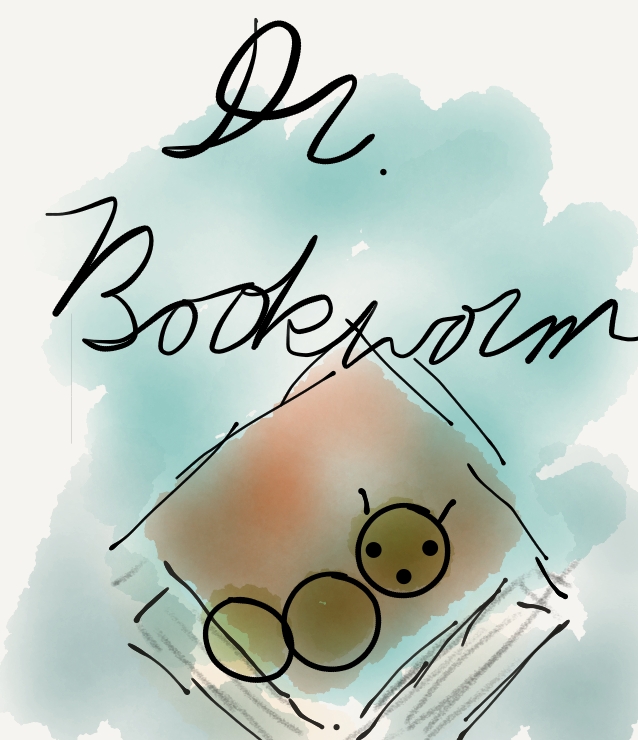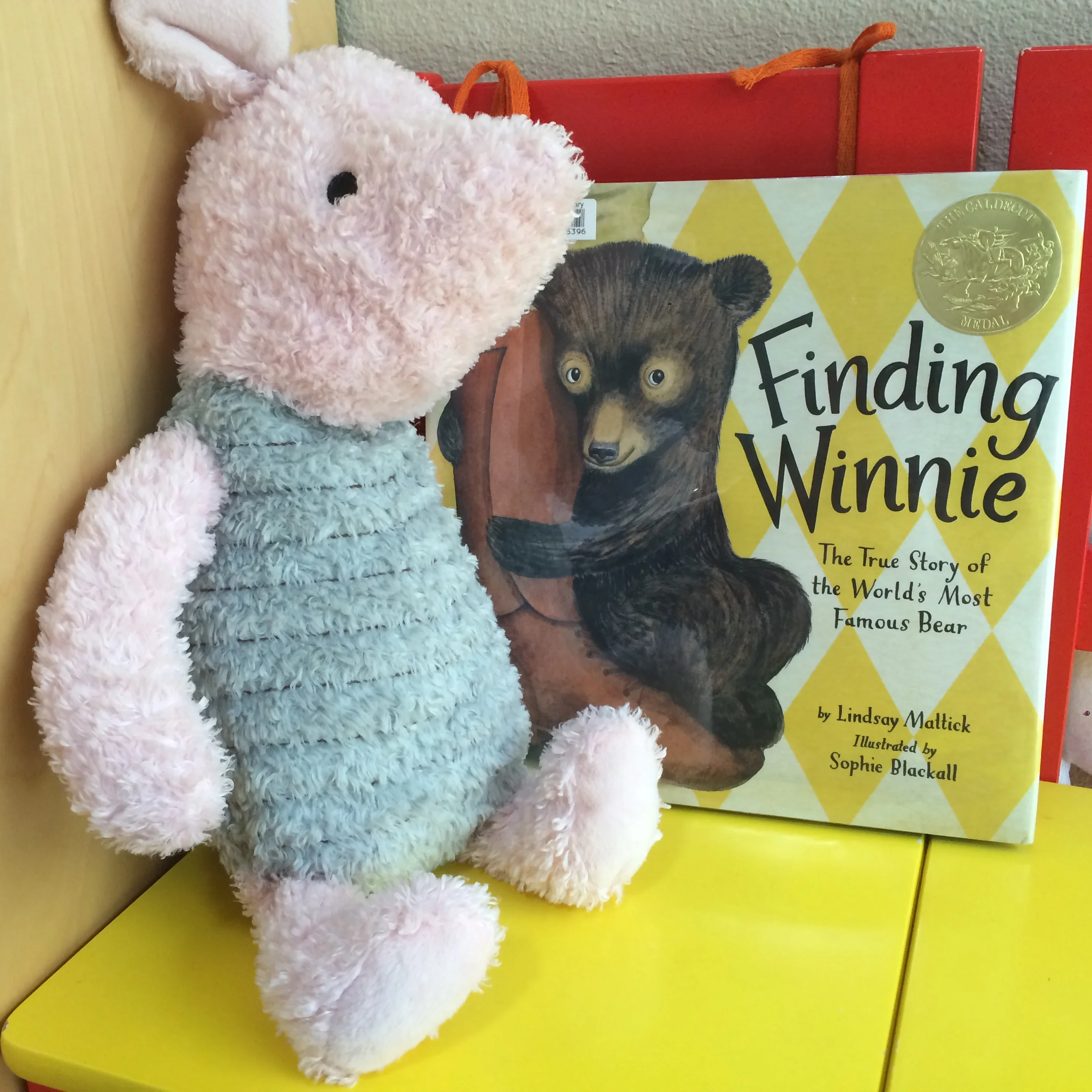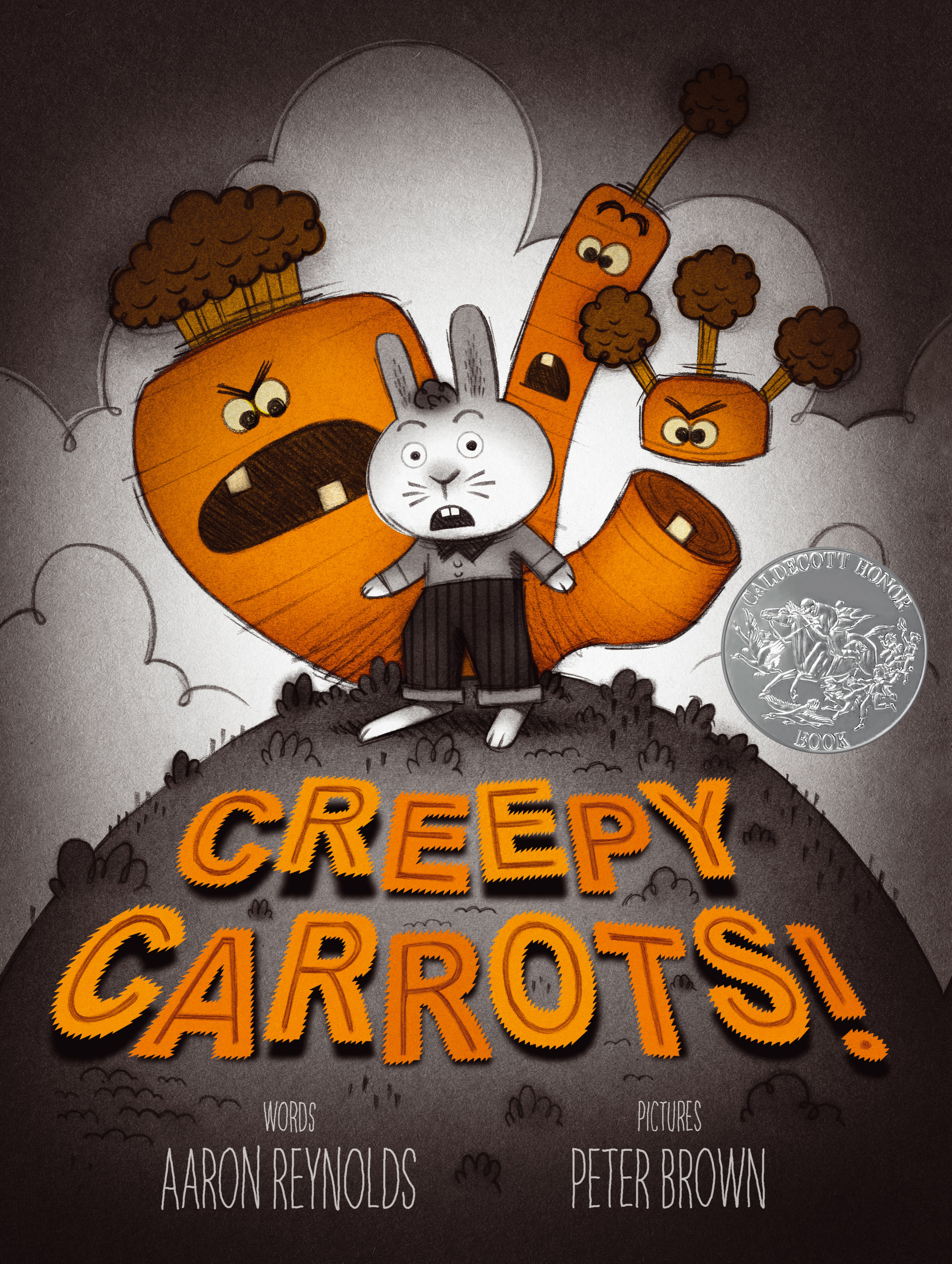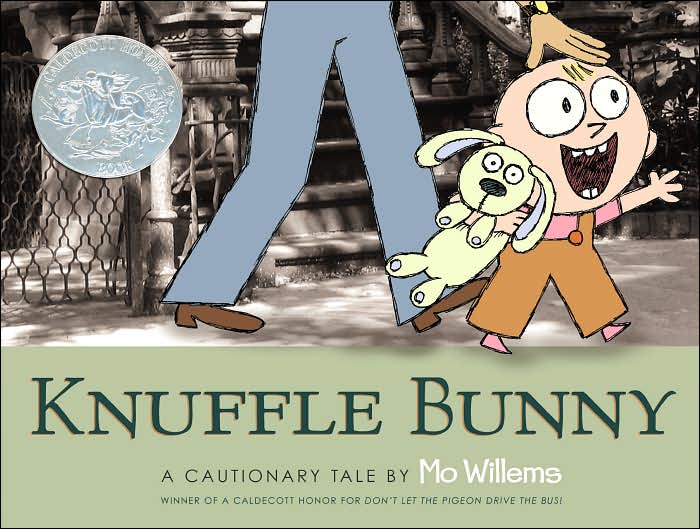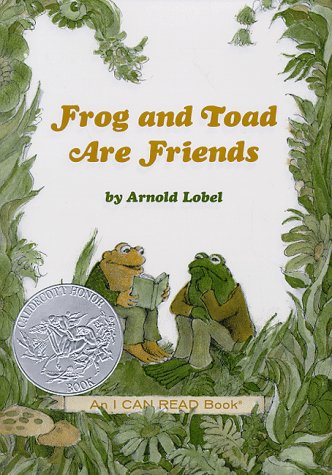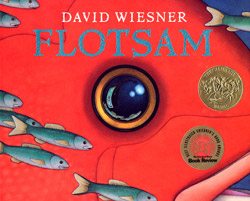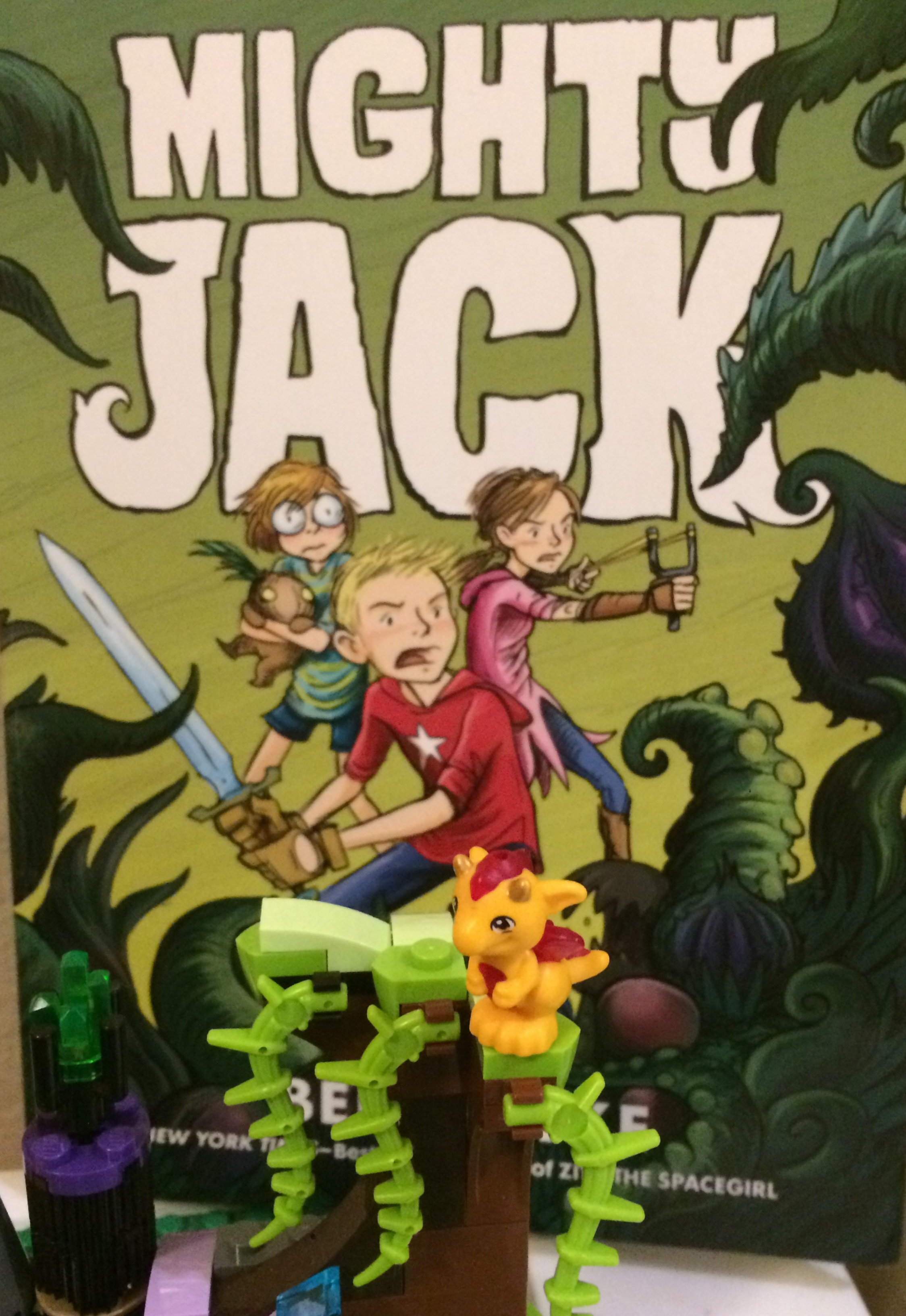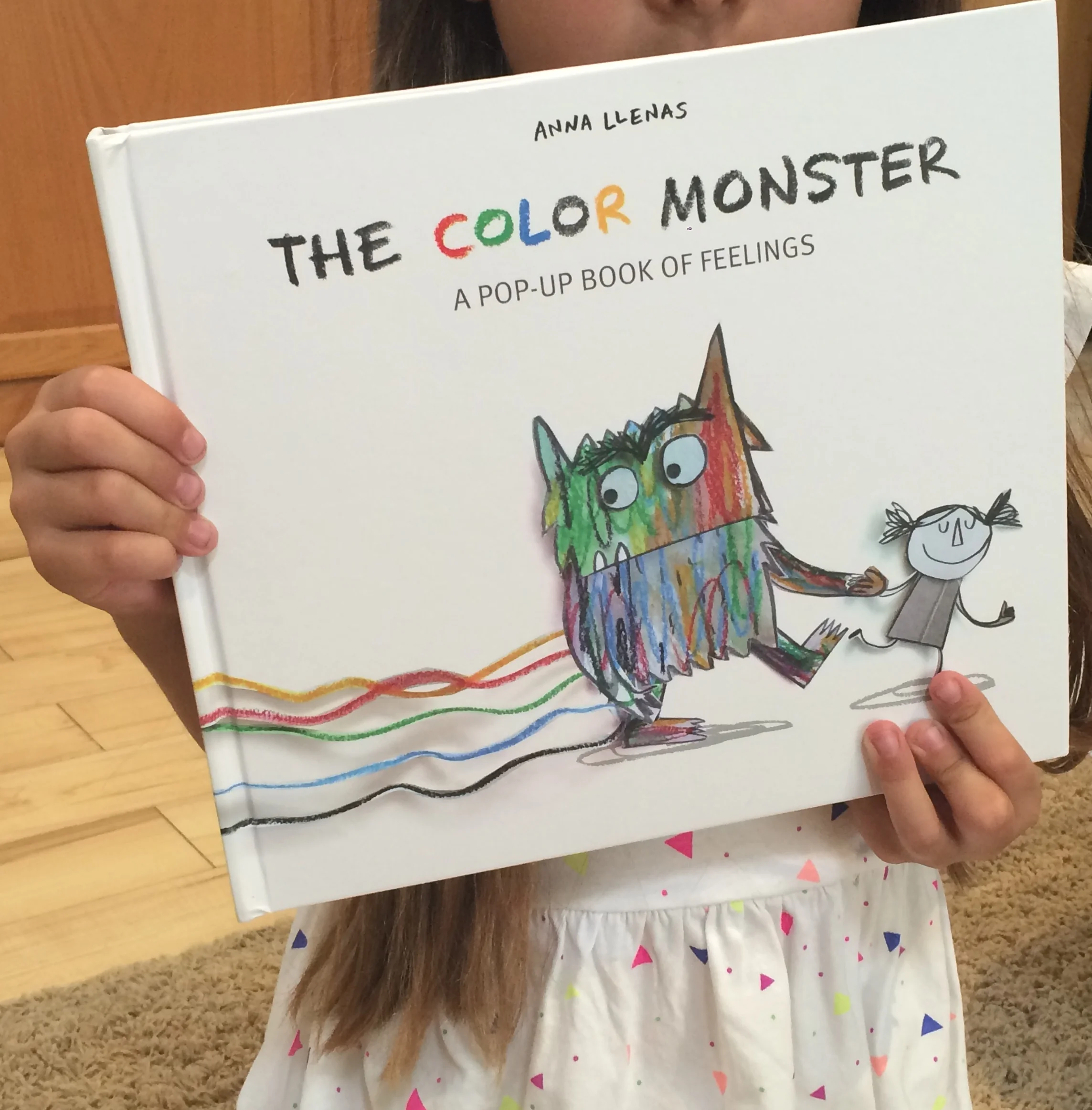Silly Old Bear
Finding Winnie: The True Story of the World’s Most Famous Bear by Lindsay Mattick, Illustrated by Sophie Blackall (published 2015)
Last year, Little Lion Bookworm’s kindergarten grade had a challenge from their school librarian: to read 40 Caldecott books by April. They could have them read TO them or they could read them out loud, but they had to be picture books that were awarded the Caldecott medal or honor. At first it seemed like it was going to be a hard challenge. However, I guess one should never underestimate a Lion.
LL scoured through the Caldecott cart with gusto! Not only did she want to read 40 books by April, but they had to be the ‘right’ type of book. Not any old Caldecott would do. And, one day, the librarian (Mrs. M) handed her the newest Caldecott, Finding Winnie. It was so newly awarded that it didn’t have the special sticker on it yet! LL would be the first kindergartner to add Finding Winnie to her Caldecott list.
One of my favorite scenes in Finding Winnie
Finding Winnie is a wonderful read about the true Winnie-the-pooh and the multigenerational human family she was a part of. I don’t want to give it all away, but the original Winnie sounds like she was a great bear, and an amazing addition to the army. I’m not sure how she managed to be domesticated, except that since Captain Harry Colebourn was a veterinarian and an expert with horses, he must have been a bit of a bear whisperer as well.
Not only do we get a great story about the original Winnie, Finding Winnie also opens up other worlds for your little (and-not-so-little) reader to ponder about—such as the meaning of war/battle, what army living conditions must have been like in the early 20th Century (tent cities!), and how domesticated Winnie must have been for the real Christopher Robin to be able to play in the same enclosure as her at the zoo. (Though maybe we need to remind the little ones that they can’t do that now!)
As a reader and a writer, I love to hear how stories come about—never would I have dreamed that Winnie-the-Pooh series was based on such a beloved relationship between a real bear and a real boy named Christopher Robin. It sounds like the original Winnie touched the hearts of many people just as her fictional namesake has.
The album at the end is a wonderful addition—I love seeing pictures of the original Winnie and Captain Harry Colebourn, as well as Winnie with Christopher Robin. It's an amazing true life story that I never knew about A.A. Milne’s inspiration for Winnie-the-Pooh. And now I know why Winnie-the-Pooh is always hungry and could always use a smackerel of honey. And why he was so fond of humming.
Winnie with Christopher Robin at the London Zoo from the album pages in Finding Winnie
Rating: lowest book shelf. Yes, my lowest book shelves are overflowing. But if you and/or your little one love A.A. Milne’s Winnie-the-Pooh and The House at Pooh Corner, Finding Winnie is not to be missed.
Little Lion Bookworm Review: Buy it. It is a great book. I love the illustrations. The bear is very cute.
Ages: Well, since I started reading The House at Pooh Corner to Mini-Me Bookworm when she was a young toddler, I'd say toddler age on up. But, in reality, this is a wordy book and if you have a toddler who doesn't sit still for a book, then I'd wait until they are 4 or older.
End note: As I was attaching hyperlinks to this post, I discovered that there is another picture book about the true story of Winnie called Winnie: the True Story of the Bear Who Inspired Winnie-the-Pooh by Sally M. Walker and illustrated by Jonathan D. Voss . I have not read this version, but find it interesting that both picture books were published in 2015. Lindsay Mattick's version (the one I reviewed above) is told as a bedtime story to her son, Cole, and you understand why as the story goes on. I do like the way she tells this story to us and her son.
There is also another (non-fiction) picture book called The Real Winnie: A One-of-A-Kind Bear by Val Shushkewich, which was published in 2005.
Side note:
Some of our favorites from that Caldecott list:
Creepy Carrots by Aaron Reynolds and illustrated by Peter Brown
Knuffle Bunny by Mo Willems
Frog and Toad are Friends by Arnold Lobel
Flotsam by David Wiesner
